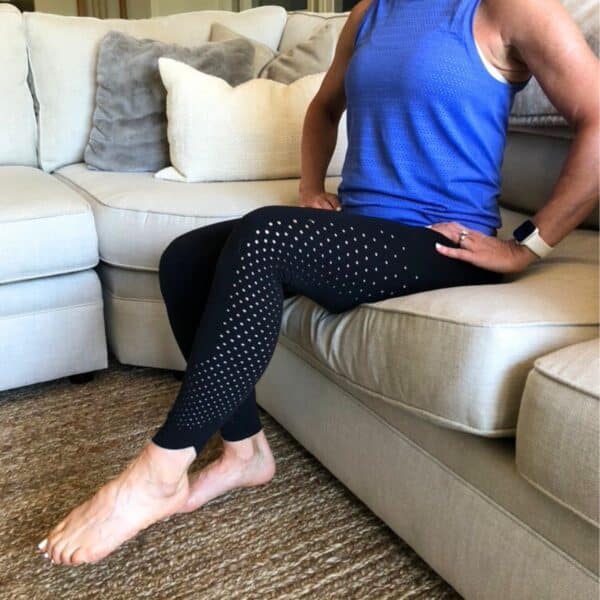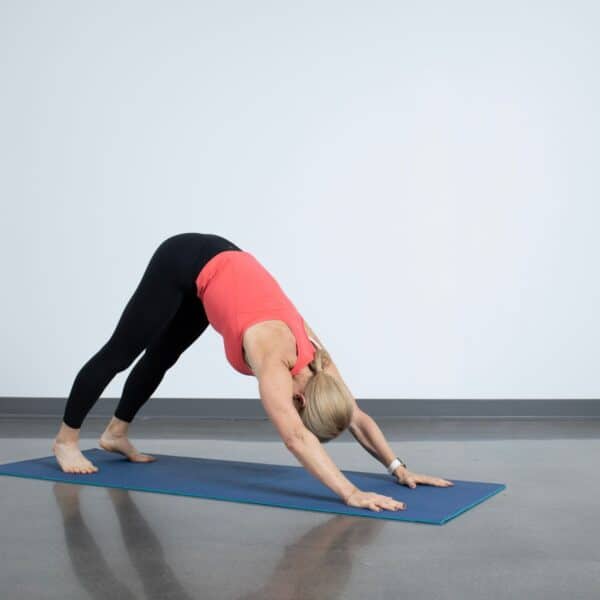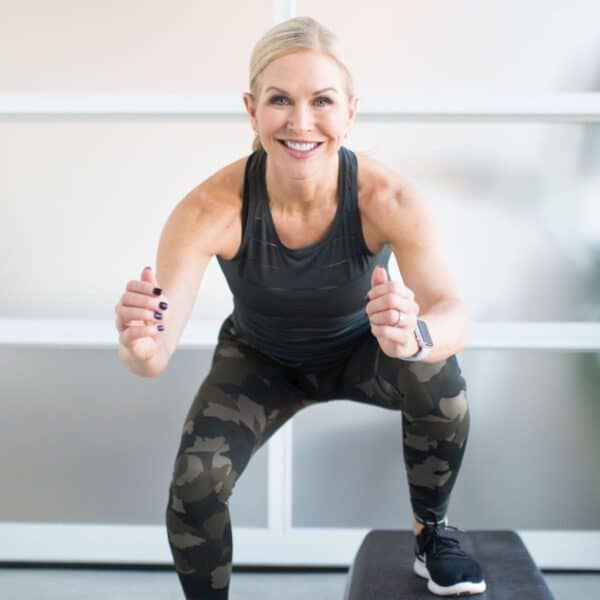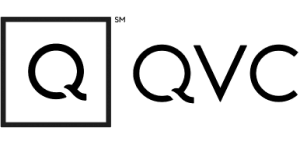This post contains affiliate links. Please see our disclosure policy.
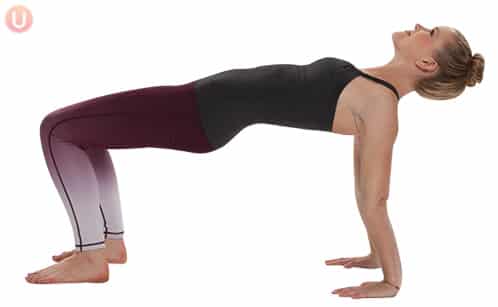
Reverse table top pose is an excellent posture for opening up and stretching the front of the body while at the same time strengthening the entire back side. Whether sitting at a desk, driving a car or walking around looking at a cell phone, most of our time is spent in a forward flexion position.
This can lead to something called kyphosis, or a “hunchback”-look as we age. Kyphosis can be caused by other things, but according to WebMD, “Postural Kyphosis” is merely from practicing poor posture. If you learn how to do reverse table top pose, you can help avoid this look by stretching the muscles in the front of the body that become short and tight as we hunch forward.
In addition, the reverse table top pose strengthens the muscles in the back and core which will help promote nice, tall posture.
Reverse table top begins from a seated position with all four limbs on the ground. By tightening the glutes, hamstrings and core you lift your body upward so that your chest is facing the sky and your body achieves a straight line through the spine.
Holding this position while simultaneously pushing your hips upward and pulling your shoulders back will help you feel a stretch through your chest, shoulders and possibly even into your biceps. In addition to all the stretching benefits, you will be keeping your bodyweight in an isometric hold using everything from hamstrings to glutes to both upper and lower back muscles.
This incredible power of an isometric hold can’t be underestimated.
However, if you wish to achieve the strength benefits it is important to remember that you must actively squeeze the muscles you are using on the backside, not just passively hold your position.
How To Perform Reverse Tabletop Pose
- Begin in a seated position with feet flat on floor in line with sits bones.
- Place palms open on floor behind your back with fingers facing in.
- Look up and as you squeeze your abs and glutes, lift body upward while gently letting your head relax back.
- Breathe and hold 30 seconds.
